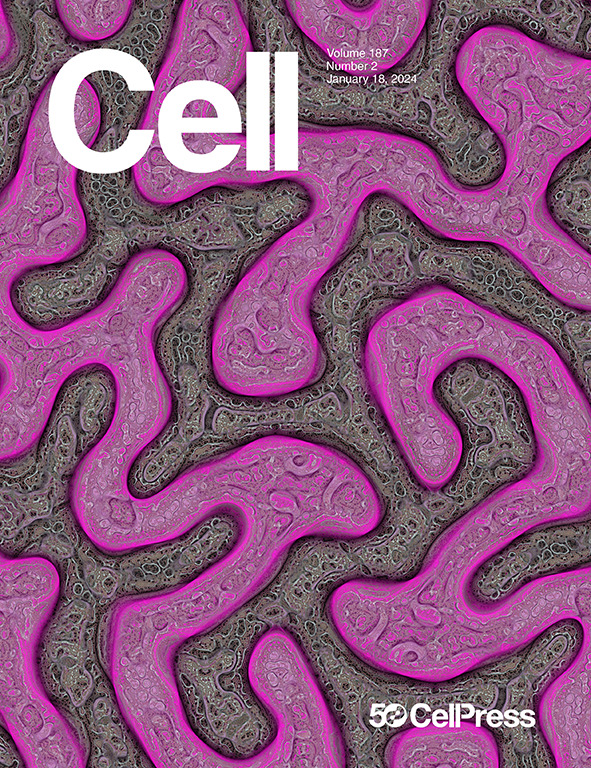Comprehensive human proteome profiles across a 50-year lifespan reveal aging trajectories and signatures
IF 42.5
1区 生物学
Q1 BIOCHEMISTRY & MOLECULAR BIOLOGY
引用次数: 0
Abstract
Proteins are the cornerstone of life. However, the proteomic blueprint of aging across human tissues remains uncharted. Here, we present a comprehensive proteomic and histological analysis of 516 samples from 13 human tissues spanning five decades. This dynamic atlas reveals widespread transcriptome-proteome decoupling and proteostasis decline, characterized by amyloid accumulation. Based on aging-associated protein changes, we developed tissue-specific proteomic age clocks and characterized organ-level aging trajectories. Temporal analysis revealed an aging inflection around age 50, with blood vessels being a tissue that ages early and is markedly susceptible to aging. We further defined a plasma proteomic signature of aging that matches its tissue origins and identified candidate senoproteins, including GAS6, driving vascular and systemic aging. Together, our findings lay the groundwork for a systems-level understanding of human aging through the lens of proteins.

全面的人类蛋白质组谱跨越50年的寿命揭示了衰老的轨迹和特征
蛋白质是生命的基石。然而,人类组织衰老的蛋白质组学蓝图仍然是未知的。在这里,我们提出了一个全面的蛋白质组学和组织学分析,从13个人体组织的516个样本跨越50年。这个动态图谱揭示了广泛的转录组-蛋白质组解耦和蛋白质稳态下降,其特征是淀粉样蛋白积累。基于与衰老相关的蛋白质变化,我们开发了组织特异性蛋白质组学年龄时钟,并表征了器官水平的衰老轨迹。时间分析显示,在50岁左右出现了衰老的变化,血管是一种衰老早、明显易受衰老影响的组织。我们进一步定义了与组织起源相匹配的衰老血浆蛋白质组学特征,并确定了候选衰老蛋白,包括驱动血管和全身衰老的GAS6。总之,我们的发现为通过蛋白质的视角了解人类衰老的系统级理解奠定了基础。
本文章由计算机程序翻译,如有差异,请以英文原文为准。
求助全文
约1分钟内获得全文
求助全文
来源期刊

Cell
生物-生化与分子生物学
CiteScore
110.00
自引率
0.80%
发文量
396
审稿时长
2 months
期刊介绍:
Cells is an international, peer-reviewed, open access journal that focuses on cell biology, molecular biology, and biophysics. It is affiliated with several societies, including the Spanish Society for Biochemistry and Molecular Biology (SEBBM), Nordic Autophagy Society (NAS), Spanish Society of Hematology and Hemotherapy (SEHH), and Society for Regenerative Medicine (Russian Federation) (RPO).
The journal publishes research findings of significant importance in various areas of experimental biology, such as cell biology, molecular biology, neuroscience, immunology, virology, microbiology, cancer, human genetics, systems biology, signaling, and disease mechanisms and therapeutics. The primary criterion for considering papers is whether the results contribute to significant conceptual advances or raise thought-provoking questions and hypotheses related to interesting and important biological inquiries.
In addition to primary research articles presented in four formats, Cells also features review and opinion articles in its "leading edge" section, discussing recent research advancements and topics of interest to its wide readership.
 求助内容:
求助内容: 应助结果提醒方式:
应助结果提醒方式:


